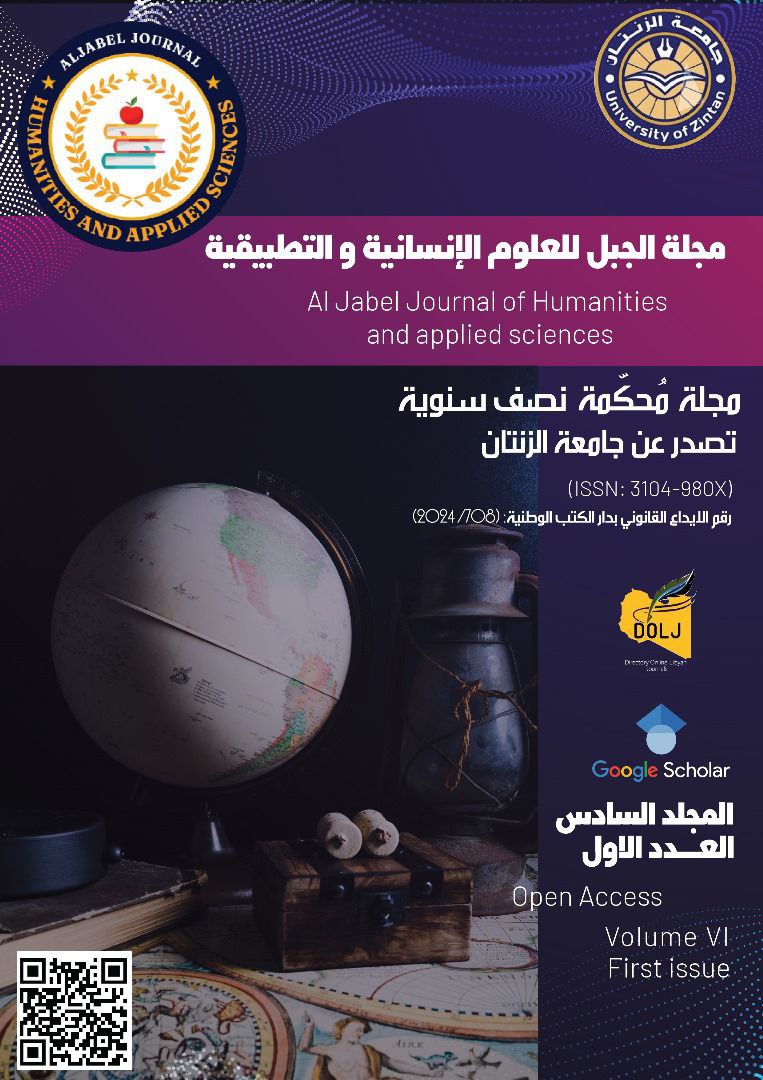The nickel hydrosilicate deposit of the Saxon Granulite Mountain, Germany: Implications for ore and petrogenesis
الكلمات المفتاحية:
Saxon granulite mountains، Nickel hydrosilicate، Leaching zone، Serpentiniteالملخص
In Saxon granulite mountains, significant deposits of hydrosiliceous nickel are characterized by their relevant metal content, average metal concentrations, and thickness. The hydrosilicate deposits are Ni-rich residue, formed by serpentinization process, due to the replacement process of nickel in the immediate vicinity of serpentinites and nickel-bearing ore minerals (e.g., talc, chlorite nontronite, cordierite, nepouite, other oxides and hydroxide magnesium minerals). X-ray and chemical analysis indicate that the study area consists mainly of nickel, magnesium silicates, and hydrosilicate minerals, with concentration of Ni varying from 2% to a few tens of ppm. A variety of lithological compositions are present in these deposits, which are influenced by ultramafic rocks (serpentinite), talc and chloritic clays, etc. The analysis of the mineralogical and geochemical composition of the Ni-ores also evidences that the sources of Ni are ultramafic rocks derived from the mantle and concentration by serpentinitization processes under discrete tectonic and metallogenic events. An important consideration in the economics of these deposits is the mode of occurrence of nickel ores.





